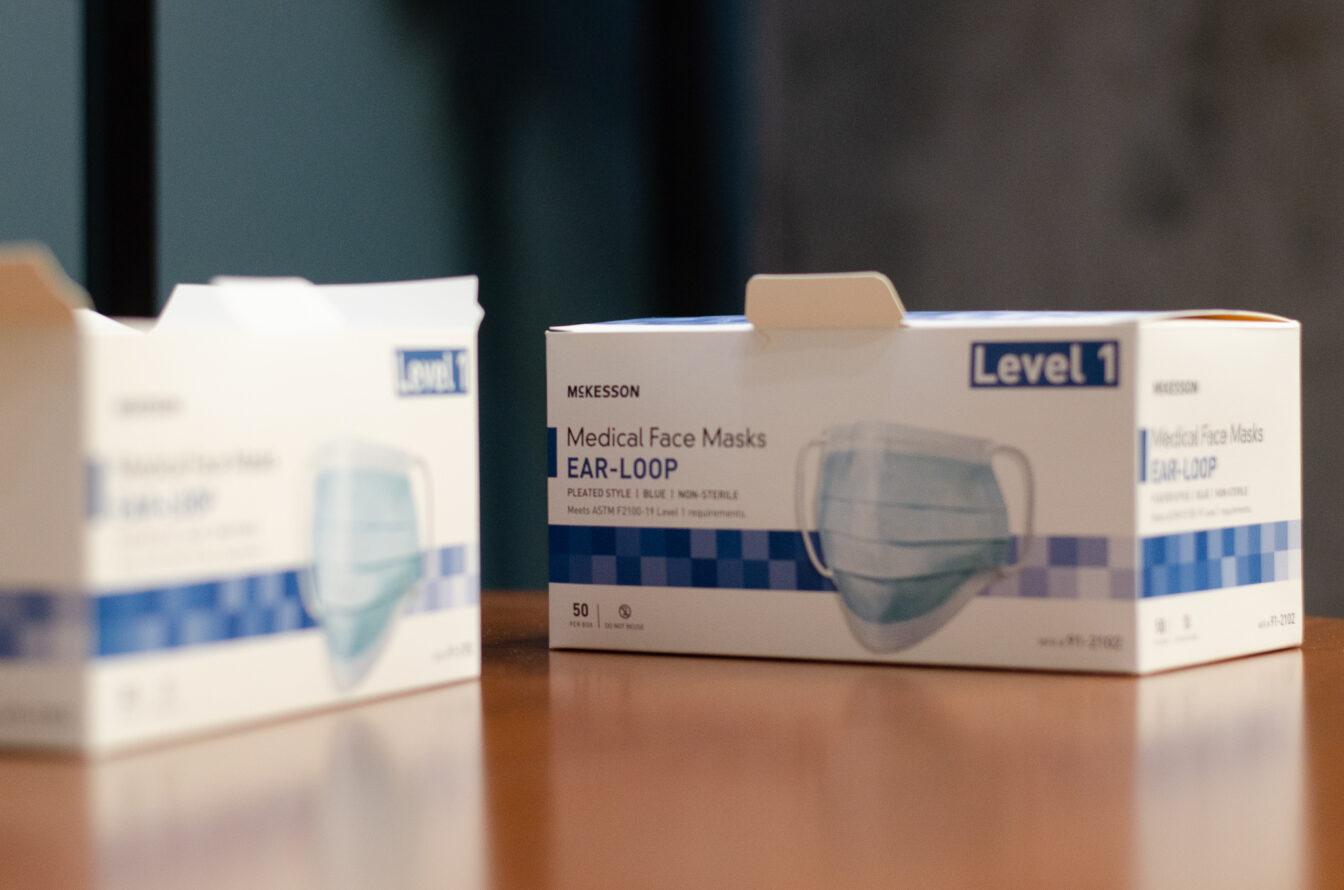When someone fills up their water bottle using one of the University of Wisconsin’s new water fountains, the number shown by an LED screen in the top-right corner of the machine goes up by one.
The machine in the hallway of Memorial Library says 28,044. In Helen C. White Hall’s first floor, the tally is 11,019. At the entrance of the Southeast Recreational Facility, the most current count was 1,887.
The numbers increase daily.
That count is incomplete, however, and the real total is much higher. The number shows only the amount of water bottles filled since the machine’s filter was replaced, which is changed every 3,000 gallons.
After doing the math, UW Sustainability Operations Coordinate Frank Kooistra said the four units located in the SERF and Helen C. White have been used enough times to have avoided the purchase of about 268,000, 20 ounce disposable water bottles since this summer.
That’s $402,000 that would have otherwise, Kooistra said, been spent on the 20-ounce, $1.50 disposable water bottles sold in campus vending machines.
“The guys around the plant say, you know, that’s a lot of beer money,” he joked.
Data on filter replacements exists only from those two, high-traffic areas. But since the programs inception two years ago, more than 60 such devices have been installed in about 50 campus buildings. If statistics existed, Kooistra said he would expect the total of water bottles filled campus-wide to be more than one million.
The cost savings inherent to filling up your own water bottle are dramatic when looking at an individual’s habit over the course of their life, said Faramarz Vakili-Zadeh, UW’s director of campus sustainability operations.
Assuming the average 20-year-old purchases three bottles of water a day at $1.50 – that’s $1,600 a year, and f they live till they are 70, more than $82,000 will have been wasted on disposable water bottles, Vakili-Zadeh said.
“That’ll pay for your student loans, no questions asked,” he said, adding later, “Waste is stupid and this is a perfect example of it.”
Aside from the convenience of allowing staff and students to stand their water bottles upright to fill them, the devices also purify the water which gets rid of the pipe taste noticeable in some of the university’s older water fountains.
Of course, there are still costs associated with installing the devices.
Each unit costs, including installation, $3,000 on average, Vakili-Zadeh said, and might actually increase water consumption on campus. But consumption has been on the decline – more than 41 percent – in the past 10 years thanks to sustainability efforts like UW’s We Conserve program. Vakili-Zadeh said he would have no problem if consumption increases so long as its done smartly and he considers these devices a wise use of resources.
When asked why not ban disposable water bottles on campus, Vakili-Zadeh said he’s been confronted with the idea but does not support such a move.
“I’d like to have a choice for people, and for people to choose the right thing,” Vakili-Zadeh said. “And that’s how we will educate people and they’ll become smart users in life.”













